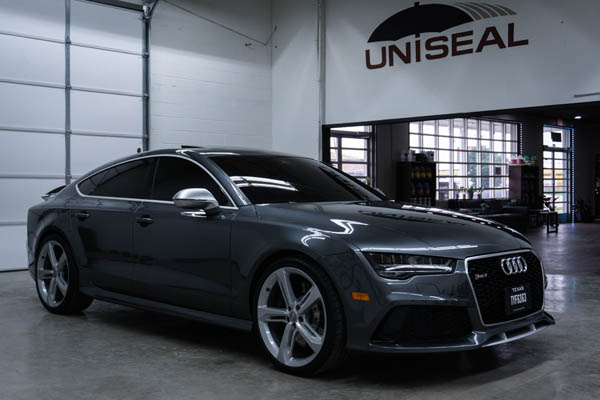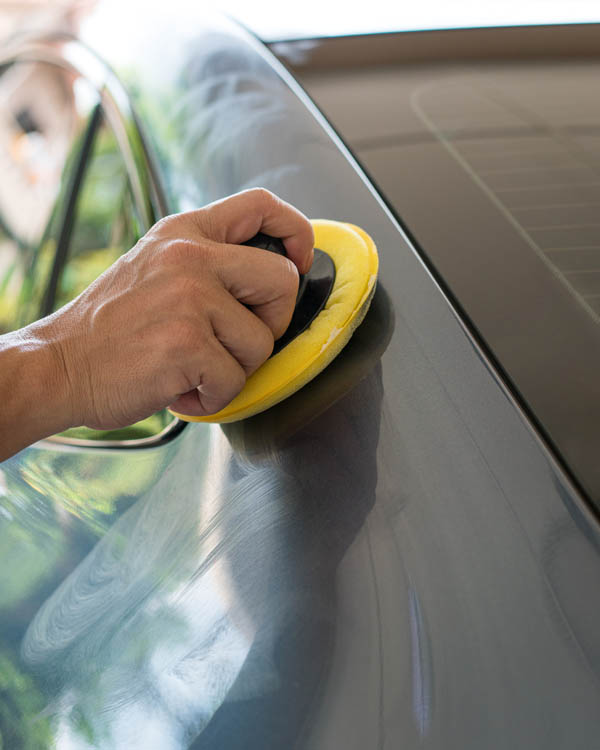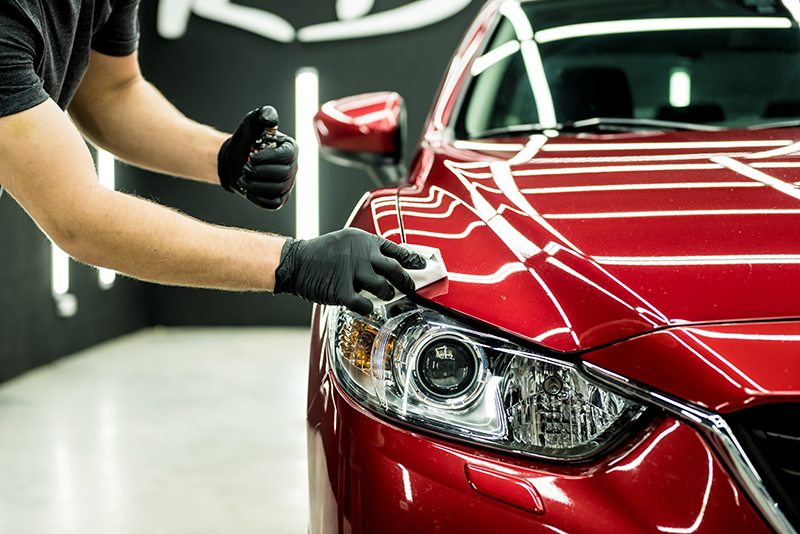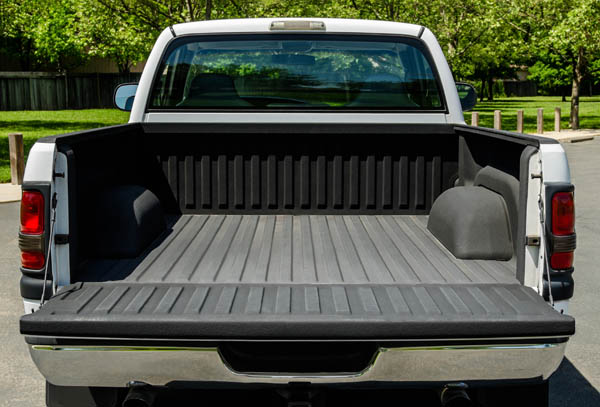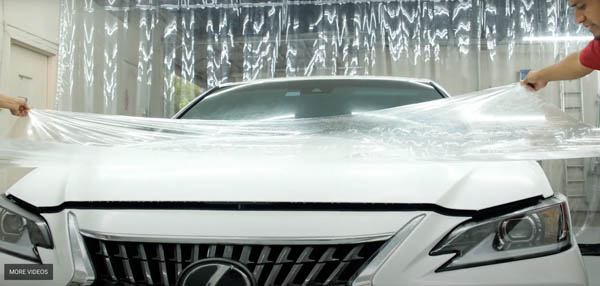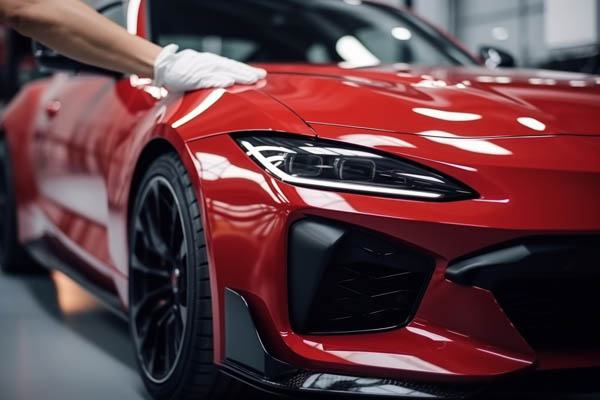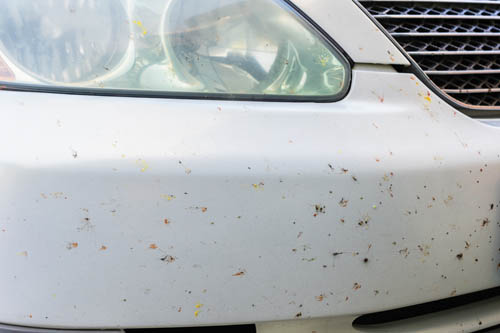Auto Paint Restoration Returns Your Vehicle’s Shine
Your car’s paint does more than just look good—it’s a protective layer that shields the body from weather, road debris, and corrosion. Over time, chips, scratches, and fading are inevitable, but with the right approach to auto paint restoration, you can return to your vehicle’s original beauty and extend its lifespan.
Common Causes of Paint Damage
Auto paint can suffer from many culprits: stone chips from highways, minor fender benders, acid rain, UV rays, and even improper washing techniques. Left untreated, small paint defects can lead to rust, which not only compromises appearance but also weakens structural integrity.
Types of Auto Paint Restoration
- Touch-Up Painting – Ideal for small chips or scratches, touch-up kits allow for quick fixes that prevent exposed metal from rusting. While DIY kits are available, professional application ensures better color matching and finish.
- Spot Repair – For localized damage, technicians blend new paint into surrounding panels, minimizing cost and time compared to full repainting.
- Full Panel or Vehicle Repainting – When damage is extensive or the paint is severely faded, a complete repaint is the most effective solution. This involves sanding, priming, painting, and clear-coating for a factory-fresh look.
The Repair Process
Professional auto paint restoration begins with surface preparation—cleaning, sanding, and sometimes filling dents or imperfections. Next, primer is applied to ensure proper adhesion, followed by color-matched paint layers. A clear coat is then sprayed on to provide depth, shine, and added protection. Once dry, the surface is polished to blend seamlessly with the rest of your auto or truck.
Why Professional Repair Matters
While DIY repairs can be tempting, professionals like Uniseal use advanced tools, computerized color-matching systems, and controlled spray environments to achieve flawless results. They also understand how to properly blend paint so repairs are invisible, which is especially important for resale value. Auto paint restoration is better left to professionals rather than a DIY effort.
Maintaining Your New Paint Job
After an auto paint restoration, proper maintenance helps preserve the finish. This includes:
- Washing regularly with pH-balanced soap
- Applying wax every few months
- Parking in shaded or covered areas
- Avoiding abrasive cleaning tools
Final Thoughts
Auto paint restoration is more than just a cosmetic fix—it’s a vital part of vehicle maintenance. By addressing chips, scratches, and fading early, you can protect your investment, maintain your car’s value, and keep it looking showroom-ready for years to come. Whether it’s a small touch-up or a full repaint, a professional can make your vehicle shine like new.

